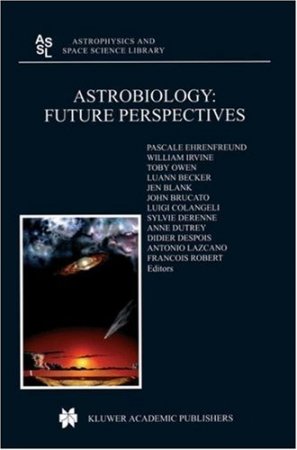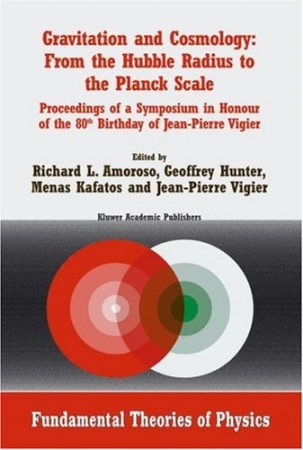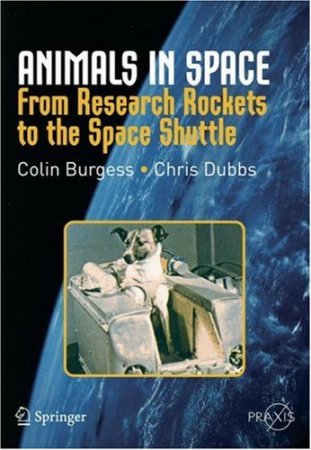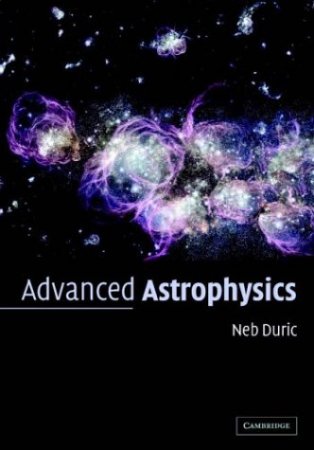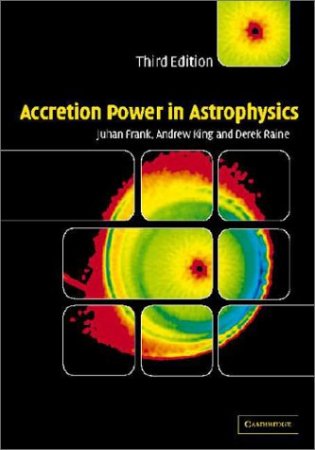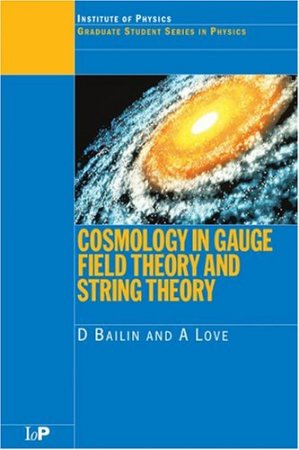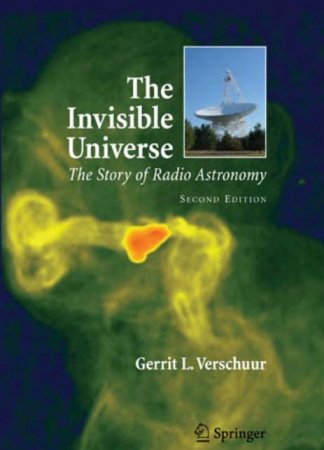НавигацияАрхив новостейСтатистика |
ЗвездыВ безлунную ночь, вдали от огней и пыли больших городов, небо кажется усеянным множеством светил. Теперь, как и тысячи лет тому назад, над горизонтом поднимаются все те же созвездия и плавно совершают свой путь по небесному своду. Так же, как и раньше, выделяются между ними блуждающие светила - планеты, принадлежащие к нашей солнечной системе и обращающиеся вместе с нашей Землей вокруг Солнца... Жизненный путь планетИмя Саванте Аррениуса не нуждается в рекомендации русской читающей публике: оно хорошо ей известно по прежним его книгам космогонического характера, выдержавшим и на русском языке ряд изданий: «Образование миров» и «Представление о мироздании на протяжении веков». Эта книга отчасти дополняет предыдущие, но имеет в виду и особую самостоятельную задачу: дать представление о вероятном физическом состоянии нижних планет нашей солнечной системы и о их судьбах. Книга написана образно, ярко и со знанием дела, и даже там, где читатель не соглашается с автором, он не может оставаться равнодушным к оригинальности его мыслей и к широте размаха. О верхних планетах (Юпитер, Сатурн, Уран и Нептун) в книге ничего не говориться, и можно думать, что им Аррениус посвятит особую книгу. Astrobiology: Future PerspectivesAstrobiology, a new exciting interdisciplinary research field, seeks to unravel the origin and evolution of life wherever it might exist in the Universe. The current view of the origin of life on Earth is that it is strongly connected to the origin and evolution of our planet and, indeed, of the Universe as a whole. We are fortunate to be living in an era where centuries of speculation about the two ancient and fundamental problems: the origin of life and its prevalence in the Universe are being replaced by experimental science. The subject of Astrobiology can be approached from many different perspectives. This book is focused on abiogenic organic matter from the viewpoint of astronomy and planetary science and considers its potential relevance to the origins of life on Earth and elsewhere. Guided by the review papers in this book, the concluding chapter aims to identify key questions to motivate future research and stimulate astrobiological applications of current and future research facilities and space missions. Today’s rich array of new spacecraft, telescopes and dedicated scientists promises a steady flow of discoveries and insights that will ultimately lead us to the answers we seek. Gravitation and Cosmology: From the Hubble Radius to the Planck ScaleThe volume has a unique perspective in that the chapters, the majority by world-class physicists and astrophysicists, contrast both mainstream conservative approaches and leading edge extended models of fundamental issues in physical theory and observation. For example in the first of the five parts: Astrophysics & Cosmology, papers review Bigbang Cosmology along with articles calling for exploration of alternatives to a Bigbang universe in lieu of recent theoretical and observational developments. This unique perspective continues through the remaining sections on extended EM theory, gravitation, quantum theory, and vacuum dynamics and space-time; making the book a primary source for graduate level and professional academics. Animals in Space: From Research Rockets to the Space ShuttleMany readers will doubtless be astonished to learn that animals were being fired aloft in U.S. and Soviet research rockets in the late 1940s. In fact most people not only believe that the Russian space dog Laika was the first canine to be launched into space, but also that the high-profile, precursory Mercury flights of chimps Ham and Enos were the only primate flights conducted by the United States. In fact, both countries had sent literally dozens of animals aloft for many years prior to these events and continued to do so for many years after. Other latter-day space nations, such as France and China, would also begin to use animals in their own space research. Advanced AstrophysicsAstronomy describes the mechanics of the universe in the more basic language of physics, otherwise known as "astrophysics". Knowledge of black holes, quasars and extrasolar planets requires understanding of the physics underlying astrophysics. This book clarifies the fundamental principles of the field as well as the important astronomical phenomena it describes. Readers will gain a greater appreciation of the connection between physics and astronomy. Accretion Power in AstrophysicsThis newly expanded and thoroughly updated third edition examines accretion as a source of energy in both binary star systems containing compact objects, and in active galactic nuclei. Assuming a basic knowledge of physics, the authors describe the physical processes at work in accretion discs and other accretion flows. New material includes a detailed treatment of disc instabilities, irradiated discs, disc warping, and general accretion flows. The treatment is suitable for advanced undergraduates, graduate students and researchers. Cosmology in Gauge Field Theory and String TheoryThis book focuses on the cosmological implications of the gauge theories of particle physics and of string theory. It first examines relics of early phase transitions, more generic relics (baryons, neutrinos, axions), and supersymmetric particles (neutralinos and gravitinos). The author next studies supersymmetric theory, supergravity theory, and the constraints on the underlying field theory of the universe's inflationary era. The book concludes with a discussion of black hole solutions of the supergravity theory that approximates string theory at low energies and the insight that string theory affords into the microscopic origin of the Bekenstein-Hawking entropy. The Invisible Universe: The Story of Radio AstronomyHidden from human view, accessible only to sensitive receivers attached to huge radio telescopes, giant versions of backyard satellite dishes, the invisible universe beyond our senses continues to fascinate and intrigue our imaginations. We cannot really comprehend what it means to say that a galaxy is exploding, yet that is the nature of some of the distant radio sources in the furthest reaches of space. Closer to home, in the Milky Way galaxy, radio astronomers listen patiently to the ticking of pulsars that tell of star death and states of matter of awesome densities. And between the stars, radio emission from a host of over 120 complex molecules radiate outward to reveal a tale about chemical processes that produce the very stuff of life. And all of this happens out there in the universe hidden from our eyes, even when aided by the Hubble Space Telescope. |
ПопулярноеКалендарь
ОпросОцените дизайн сайта
Немного рекламы |
|||||||||||||||||||||||||||||||||||||||||||||||||



